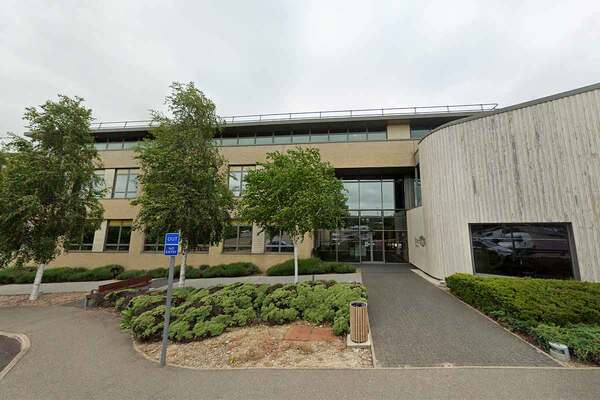Embrace your data to drive business transformation
Inside Housing speaks to Glenn Allan of Capita One about how a digital revolution could not only offer a more accessible customer service, but also make it easier for landlords to monitor properties and meet tenants’ needs. Picture by Getty
In association with:

Technology is transforming every aspect of our lives, and the housing sector is no exception. The digital revolution has the potential to change the way housing providers operate and to improve the lives of their tenants – but how prepared are housing organisations for this transformation, and what might its implications be?
How ready is the housing sector for this digital revolution?
The sector feels as though it’s ready, but in a lot of areas a cultural shift is needed. It’s not just a case of offering online access to services and facilities at any time of day – there needs to be more value behind it. Lots of organisations are going through a digital transformation, but they still don’t get the idea that data needs to be at the forefront of this; data must drive this transformation, rather than just the processes and people involved.
How might this change the way providers operate?
It’s about being data-driven and focused on outcomes. The people within an organisation and the data it holds are two of the most valuable assets an organisation has. By taking the power of data and using it to drive the provision of services, it should give a better level of service and engagement.
These days we live in an always-on society. We all expect Amazon deliveries to arrive the next day – and the housing sector has to adopt that model of being available all the time. If a tenant wants to raise a repair at 3am, for example, let them do it. You might not be able to fix it then, but they will feel better if they are able to log it.
Providers need to be leaner and quicker – but must avoid building complexity into their systems for the sake of it. Housing management software and the data behind it can help to tailor that, though.
What are the potential benefits for housing providers? And what are the potential pitfalls?
More sources of data can help tailor better outcomes. If you are bringing in data from more areas, it will help give you a more accurate focus on the outcome you are hoping to achieve.
But similarly, you need to be careful not to become overloaded with data. The quality of the data must be carefully checked, especially where conflicting information comes back. It’s not always the case that more data is better; it can be, but it needs to be of good quality and must be returned in a timely manner.
Housing providers need to have appropriate systems and infrastructure in place to realise the true value of that data.
What are the benefits for tenants?
We want to make residents’ lives better and easier. They can do things such as reporting repairs easier and faster – they get a speedier response and they feel that their landlord is engaging with them and taking the time to understand their needs.
Our software also uses algorithms to tailor payment plans for tenants in arrears and look for patterns. For example, a user of our service identified an individual who never paid their rent in August. They realised this was because the tenant had three kids in secondary school, so they had to buy school uniforms every August. We were able to get in touch with that person to propose a rent increase in June, which would cover the shortfall later on.
The ‘Internet of Things’ is a much-discussed upcoming technology. Are there opportunities here for social landlords?
It offers lots of possibilities. In terms of property management, sensors can detect early on if a property is becoming damp, for example, or if there is a carbon monoxide leak. If the temperature in a house is below a certain level for a period of time, we can ask: is the tenant too scared to turn their heating on because of the cost? If their water supply has been on for an hour, and someone is at home, is something wrong?
It can help with monitoring appliances such as boilers and smoke detectors, too. The amount of data you can collect is vast, and the efficiency, safety and duty of care aspects can all be based on those same elements of data – but it can be presented in so many different ways. A housing officer might want to see one view of it, but a repairs manager might want to see it laid out a different way.
How quickly can housing providers implement these changes?
Improvements in infrastructure and connectivity have made a huge difference. The technology has matured, too – it has become smaller, cheaper and more efficient. It’s also easier to install and it lasts longer. It can be implemented reliably and so cheaply nowadays.
How is the data collected and analysed?
Housing management systems themselves are a rich source of data. There is a huge amount of information stored that can be automatically queried and analysed to help identify patterns, like the rent payment patterns example, and trigger activities that benefit the tenant and the housing association.
We work with third-party providers such as credit reference agencies. You have to be careful with GDPR [the EU’s General Data Protection Regulation] and using data correctly – only use the data to which you are entitled, and be totally transparent about what you are using it for. Sometimes by using third-party data you can piggyback on that – but irrespective, you have to make sure the outcome you are getting is compliant with what the data is being used for.
What advice do you have for organisations undergoing this process?
Working with providers of housing management systems can help you lead the way in maximising the benefits from new technologies. It’s also worth looking at the people who have gone before you. Learn from the sector’s success stories – there are plenty of them out there.












